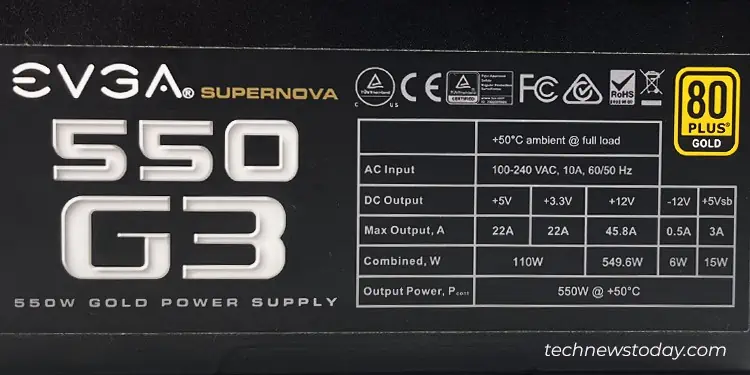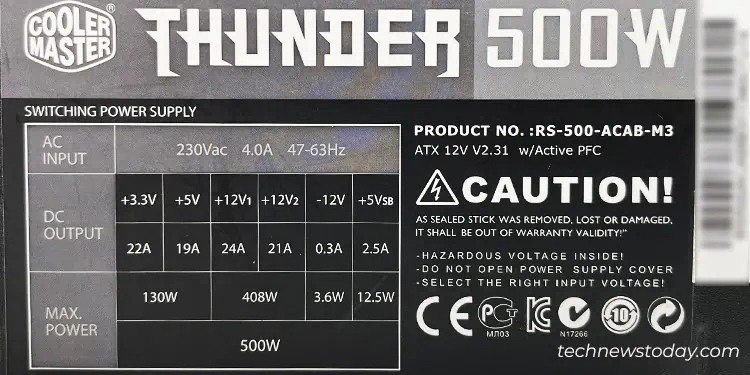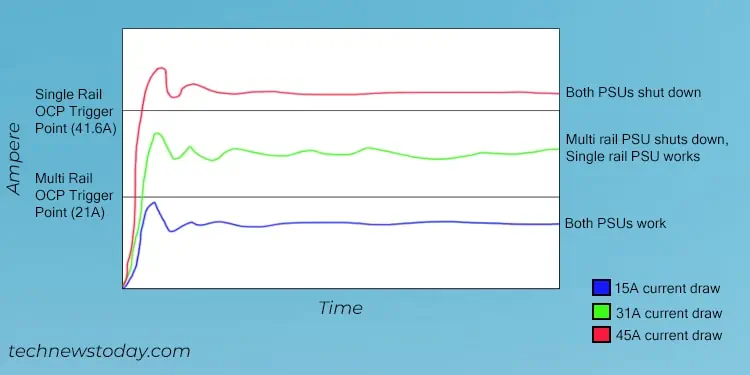Whenever you are choosing a PSU for your build, the most important factor to consider is the total power requirement. Then comes the other factors likemodularity,power supply efficiency, and power distribution pattern.
Talking about thepower distribution configuration, you will find two kinds of PSUs that manufacturers offer—single rail and multi rail.
Ever sinceIntel made it optional to implement multi-rail design, most PSU manufacturers are rather focused on single-rail. But that doesn’t necessarily mean multi-rail has gone obsolete. For instance, you may still find plenty of multi-rail products from “Be quiet!”

Choose a single-rail PSU if you want to provide adequate wattage headroom for your components and run them without tripping. They also perform quite well when you are overclocking. On the other hand, opt for a high-wattage multi-rail PSU if you want to run high-end components with additional protection from short circuits.
What is Single-Rail PSU
As you might have already guessed, these are the power supplieswith a single +12V rail. All the components in your PC get power supply through this solitary rail.
Below is my single-railEVGA Supernova 550 G3, a 550 watt PSU with maximum current limit of45.8 Ampere.

What is Multi Rail PSU
Multi-rail PSUs are the ones thatcome with multiple +12V rails. To be more precise, the +12V rail is split into two or more rails with individual current limits.
More often, the PSU manufacturers tend to provide a single-rail for the GPU and the remaining one for your motherboard, CPU and SATA drives.
Here’s one of the multi-rail PSUs that I got from Cooler Master. As you may see, it is a 500 watt PSU with two +12V rails, one with the maximum current limit of24 Ampereand another one with21 Ampere.

You might also find some PSUs like theBe Quiet!Dark Power 12,which comes with a dedicated switch to change modes from single to multi-rail. It can toggle between a massive 12V rail or four +12V rails, which support a maximum current draw of32A,32A,40A,and40 Ampere,respectively.
Differences Between Single-Rail and Multi-Rail PSU
As discussed earlier, the main difference between the single-rail and multi-rail PSU is theirpower distribution pattern. Besides, the“OverCurrentProtection” circuit configurationis what differentiates them significantly.
While the single-rail PSUs are equipped with a single “OCP” circuit, multi-rail PSUs have this protection feature on each of the +12V rails.